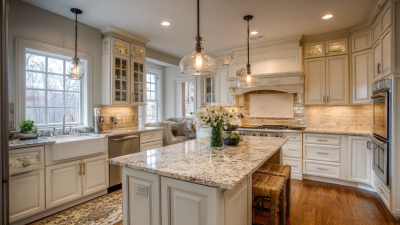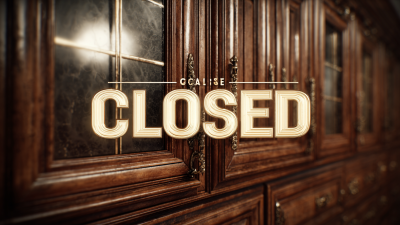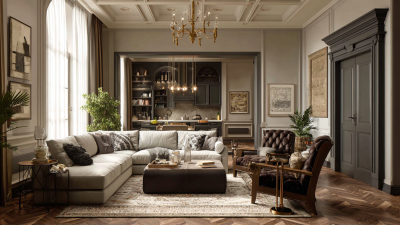In today's fast-paced world, maximizing space utilization and ensuring effective storage solutions are paramount for both residential and commercial settings. Closed cabinets have emerged as a vital component in achieving these objectives, allowing for organized and aesthetically pleasing environments. According to a report by Market Research Future, the global furniture market, which includes closed cabinets, is anticipated to reach approximately $650 billion by 2027, driven by the increased demand for functional and stylish storage options. Furthermore, studies indicate that homes and offices can lose up to 30% of their usable space due to poor storage organization. Therefore, selecting the right closed cabinets not only optimizes space but also enhances storage efficiency, making it crucial for consumers to consider various factors such as size, material, and functionality when making their choices.
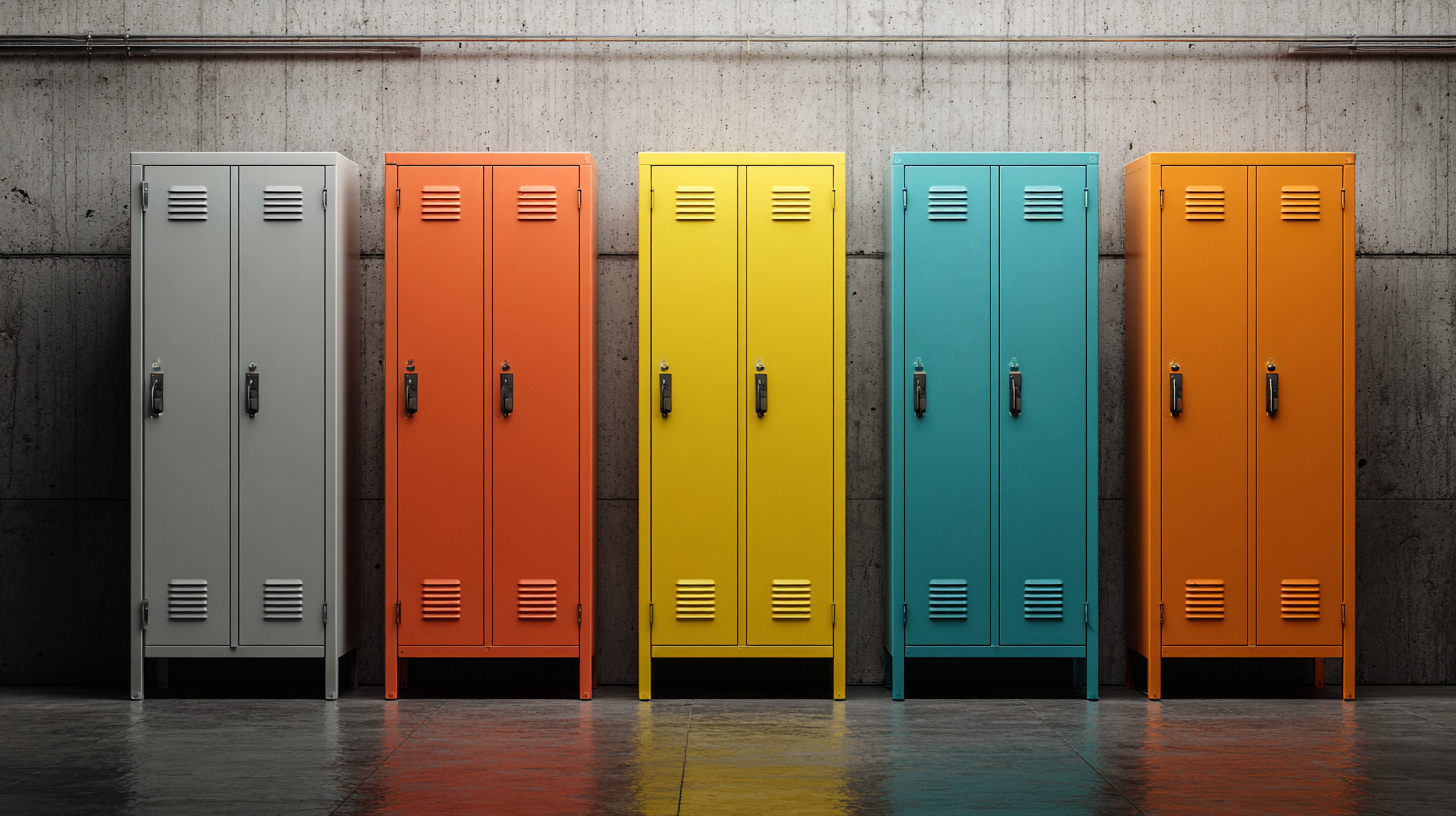
When selecting closed cabinets, the first step is to clearly identify your storage needs. Consider the types of items you plan to store—are they everyday essentials, seasonal decorations, or important documents? Categorizing your belongings will help determine the dimensions and styles of cabinets that will best accommodate them. For instance, larger items may require deeper cabinets, while smaller items can be effectively organized in shorter units with multiple shelves.
Additionally, take into account the space available in your home or office. Measure the area where you intend to place the cabinet, as well as the height of the ceiling, to avoid overcrowding. Closed cabinets can come in various configurations, including built-ins or freestanding units. Think about accessibility too; cabinets with adjustable shelves may provide flexibility as your storage needs evolve over time. By thoroughly assessing your requirements and available space, you'll be better positioned to choose the right closed cabinets that enhance both functionality and aesthetics.
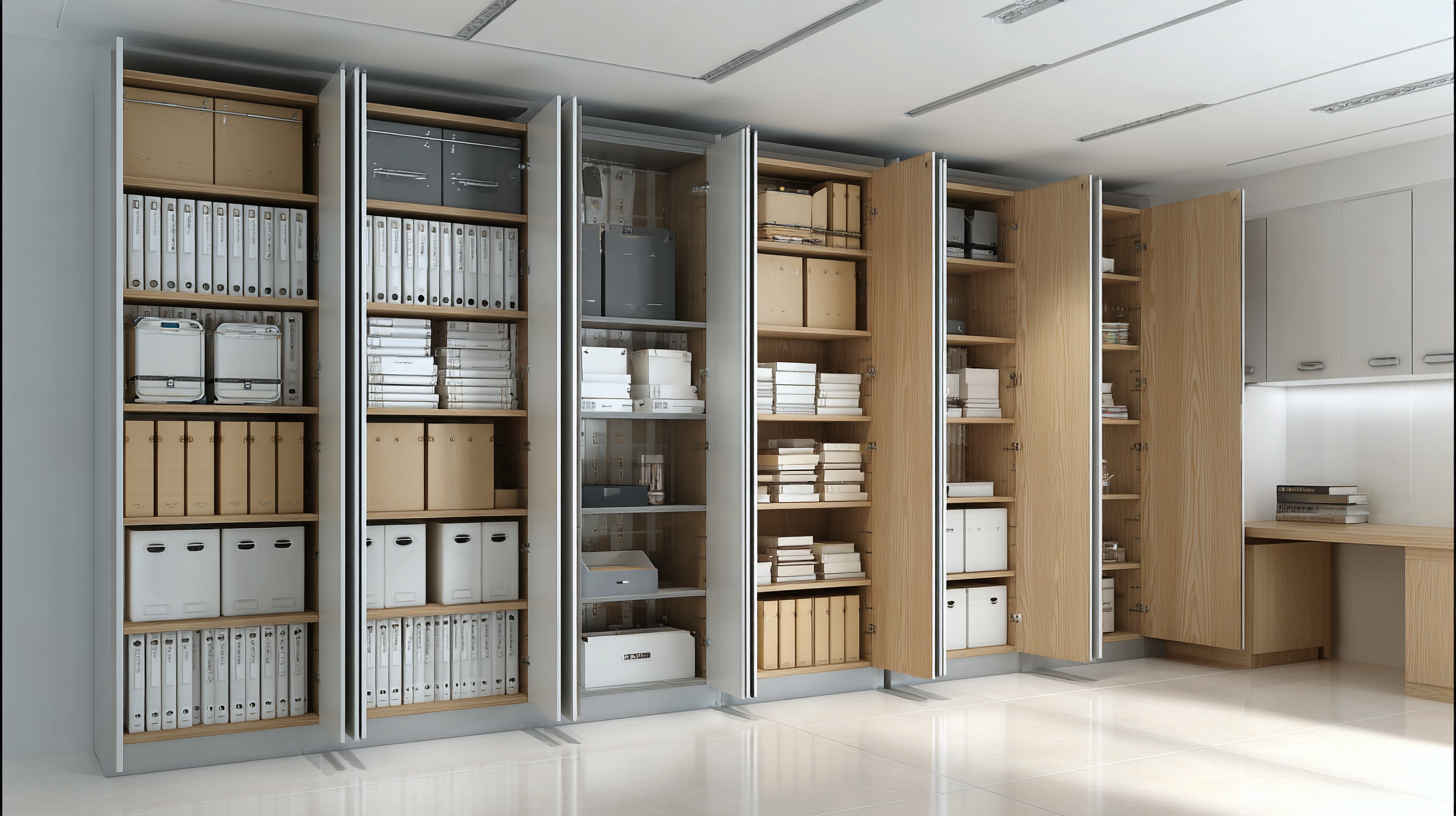 When selecting closed cabinets, it’s essential to evaluate different styles and designs to ensure they meet your space utilization and storage efficiency needs. Modern cabinets come in various shapes, sizes, and finishes, allowing you to blend functionality with aesthetic appeal. Consider options like modular units that can be easily customized to fit your space, or built-in cabinets that maximize every inch of your room.
When selecting closed cabinets, it’s essential to evaluate different styles and designs to ensure they meet your space utilization and storage efficiency needs. Modern cabinets come in various shapes, sizes, and finishes, allowing you to blend functionality with aesthetic appeal. Consider options like modular units that can be easily customized to fit your space, or built-in cabinets that maximize every inch of your room.
Tips: Opt for cabinets with adjustable shelves to accommodate items of varying heights. Additionally, look for designs with sliding doors, as they consume less space and offer unobstructed access. For smaller areas, choose vertical cabinets that draw the eye upward, making the space feel larger while providing ample storage.
Remember to assess the materials used in cabinet construction as well. Solid wood offers durability and a classic look, while laminate and metal can provide a sleek, contemporary vibe. Evaluate your specific storage needs too; if you need to organize multiple items, cabinets with dividers or multiple compartments can enhance both accessibility and efficiency.
When it comes to selecting closed cabinets for optimal space utilization and storage efficiency, the choice of materials plays a pivotal role. High-quality materials not only enhance durability but also contribute to the overall aesthetics of your space. According to a report by the National Kitchen & Bath Association, approximately 60% of homeowners prioritize the durability of cabinet materials when designing kitchens and storage areas. This indicates a growing trend towards investing in materials like solid wood, plywood, and engineered wood, which offer both resilience and visual appeal.
Additionally, the finish of the materials can greatly affect both maintenance and visual impact. For instance, cabinets with a laminate finish tend to be more resistant to scratches and moisture, making them suitable for high-traffic areas. A study by the American Wood Council shows that cabinetry made from hardwoods can last up to 50 years with proper care, underscoring the importance of selecting durable materials. Moreover, the aesthetic aspect cannot be overlooked, as a well-chosen cabinet finish can complement the overall design of a room, contributing to a seamless and inviting atmosphere. By carefully considering the materials, homeowners can achieve a balance between functionality and style in their closed cabinet selection.
| Cabinet Type | Material | Durability | Aesthetic Appeal | Storage Capacity (liters) | Cost ($) |
|---|---|---|---|---|---|
| Wall-mounted Cabinet | MDF | Moderate | Modern | 150 | 200 |
| Base Cabinet | Plywood | High | Classic | 300 | 400 |
| Corner Cabinet | Particleboard | Low | Contemporary | 200 | 150 |
| Glass Door Cabinet | Solid Wood | Very High | Elegant | 175 | 600 |
| Tall Cabinet | Metal | Very High | Industrial | 400 | 800 |
When selecting closed cabinets for optimal space utilization, the first crucial step is accurately measuring the available space. Begin by taking precise measurements of the area where the cabinet will be placed, including height, width, and depth. It is essential to consider the dimensions of door swings and potential obstructions such as light switches, outlets, or baseboards to ensure the cabinet fits seamlessly without hindering movement or accessibility.
In addition to physical dimensions, evaluating the layout of the room can greatly influence cabinet selection. Assess factors such as ceiling height and adjacent furnishings to determine whether you need tall cabinets to maximize vertical space or if modular units would be more effective. By understanding your unique space constraints and planning accordingly, you can select closed cabinets that not only fit well but also enhance storage efficiency, providing an organized and functional environment tailored to your needs.
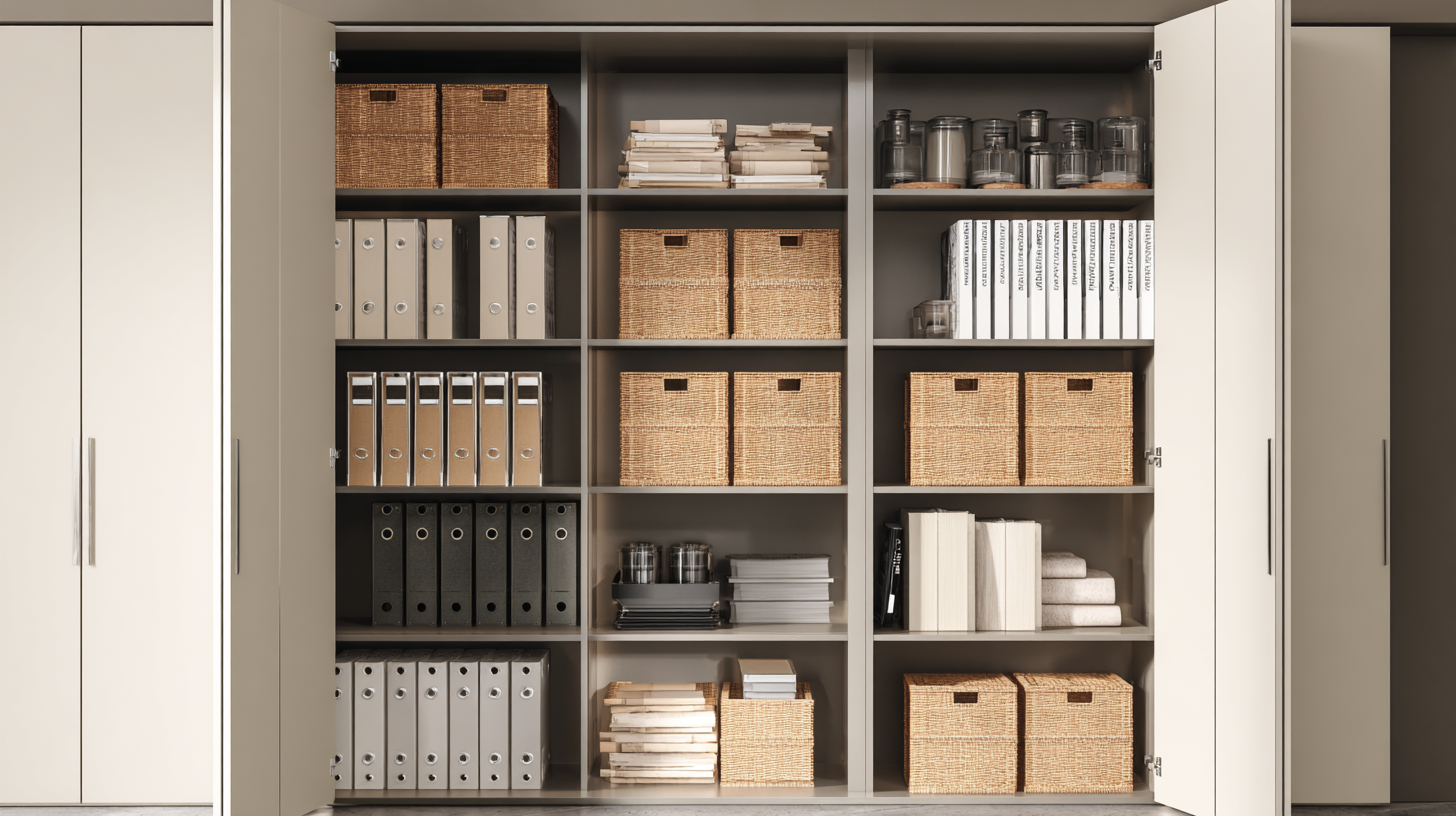
When planning an interior layout, the organization of closed cabinets is crucial for maximizing functionality and efficiency. According to a report by the National Association of Home Builders, effective storage solutions can improve a space's usability by up to 30%. This statistic underscores the importance of selecting cabinets that not only complement the design but also enhance overall storage capacity. The ideal configuration involves considering the types of items to be stored and ensuring easy access, which can significantly reduce clutter and streamline daily tasks.
In terms of cabinet selection, choosing adjustable shelving and integrated organizers can further optimize space usage. A survey by the American Institute of Architects reveals that 70% of homeowners prefer customizable storage solutions, indicating a shift towards flexibility in design. By investing in cabinets that offer versatile features, such as pull-out shelves and dividers, homeowners can adapt their storage options as needs change, ultimately enhancing the functionality of the space.
Additionally, using closed cabinets strategically placed in high-traffic areas can help maintain an organized and visually appealing interior, proving that thoughtful cabinet selection is key to achieving both practicality and aesthetics in home design.
